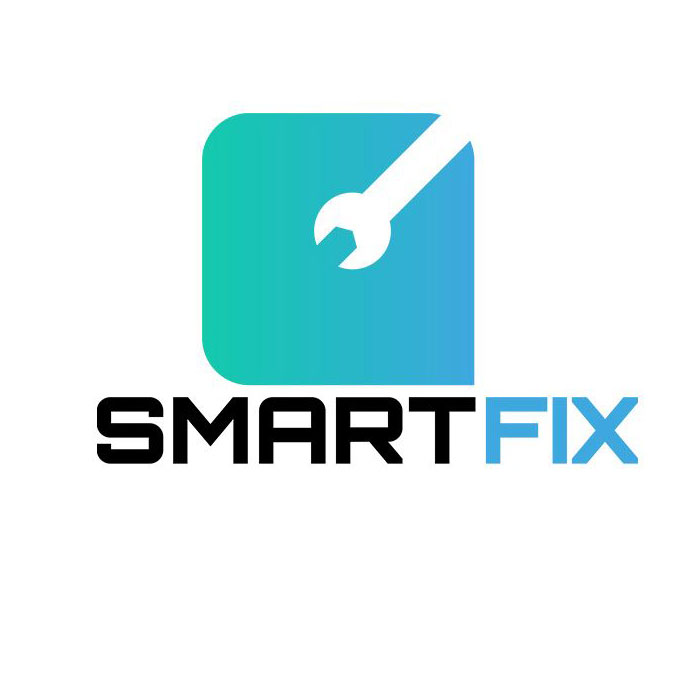The Shape of Intelligence, A Reflection on AI
Artificial Intelligence is no longer a concept waiting at the edge of possibility. It is here. It writes our words, filters our images, balances our engines, and optimizes our machines. It moves quietly in the background, correcting grammar, predicting traffic, detecting fraud, learning us in patterns we do not even see. AI is not something coming. It is something happening.
But what makes it powerful is not its speed. It is its ability to adapt. To watch, absorb, and respond without needing to be told again. Classical programming follows instruction. Artificial Intelligence builds patterns. And those patterns grow more complex every time they are used, revised, and challenged. In this way, intelligence in machines is not copied from us, it is derived from experience, much like our own machine learning.
At its best, AI is a mirror. It shows us the structure of our thoughts. It automates the tedious to let us focus on the meaningful. It finds trends too subtle for human eyes. It sees what is missing, not just what is wrong. It helps radiologists read shadows. It helps engineers balance networks. It helps writers edit with precision. And it learns, not in leaps, but in layers, just like a neural network.
But with that power comes ambiguity. Intelligence is not just about answers. It is about judgment. AI, in its current form, does not think. It does not question its own logic. It does not feel consequence. What it offers is simulation, not conscience. Prediction, not philosophy. It gives us tools with breathtaking speed, but it is still up to us to decide when, where, and why they should be used.
At SmartFix Solutions, we don’t see AI as a replacement for human insight. We see it as a reflection of it. The goal is not to surrender decision-making, but to sharpen it. To use these tools not for shortcuts, but for clarity. AI can point, but we must still look. It can forecast, but we must still choose. It can compose, but we must still understand.
Artificial Intelligence is changing everything, how we learn, how we work, how we decide. But beneath the algorithms and models is still a question we ask ourselves. Not just what can be automated, but what should be. Not just what the machine can learn, but what we must not forget.
Because intelligence is not measured by what we know. It is measured by how we use it.
